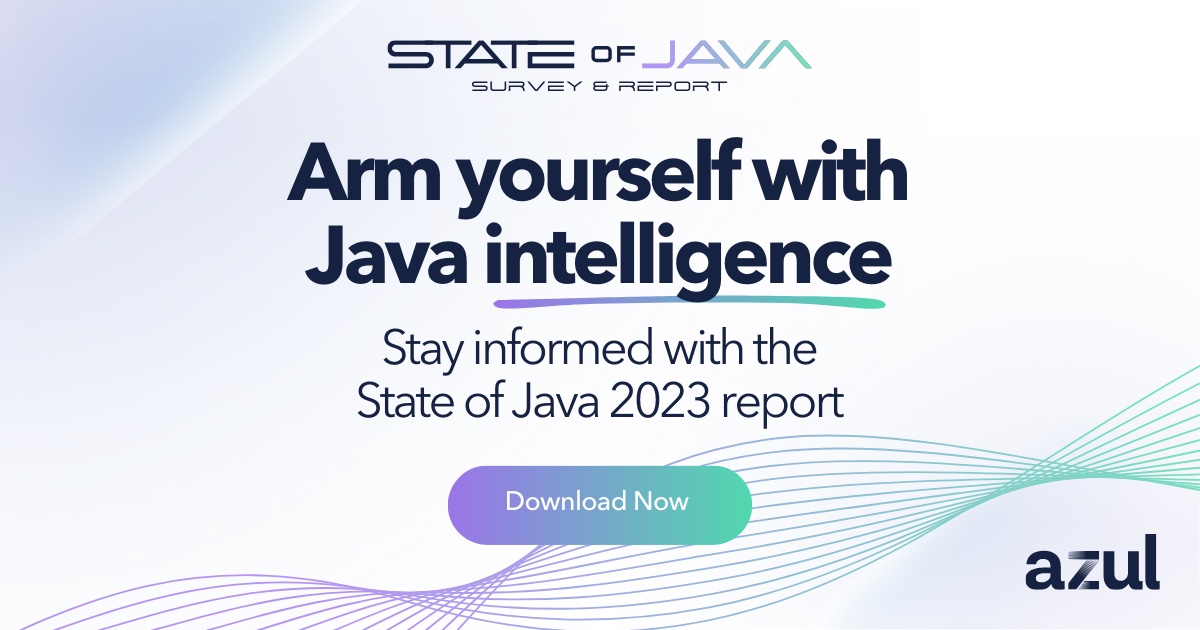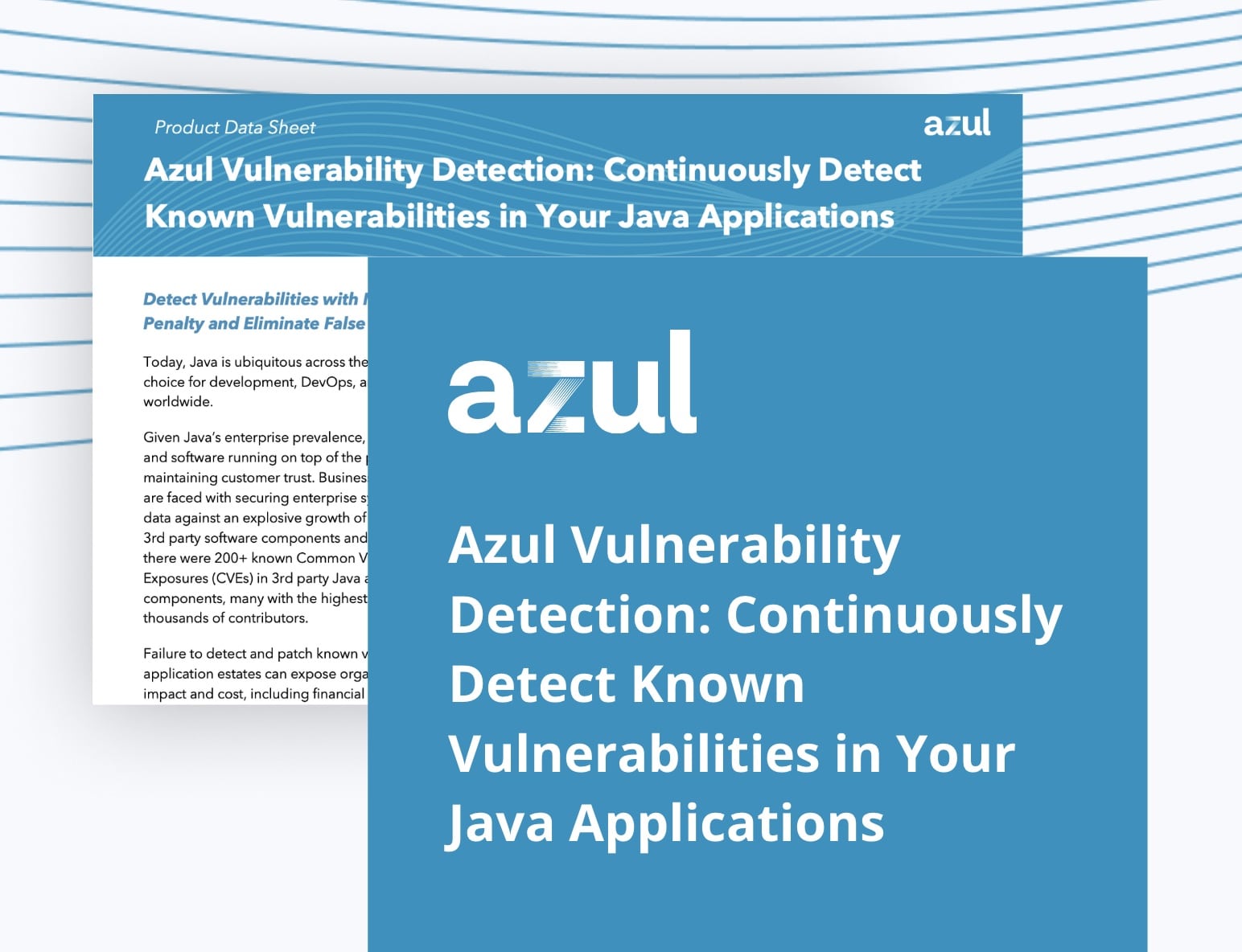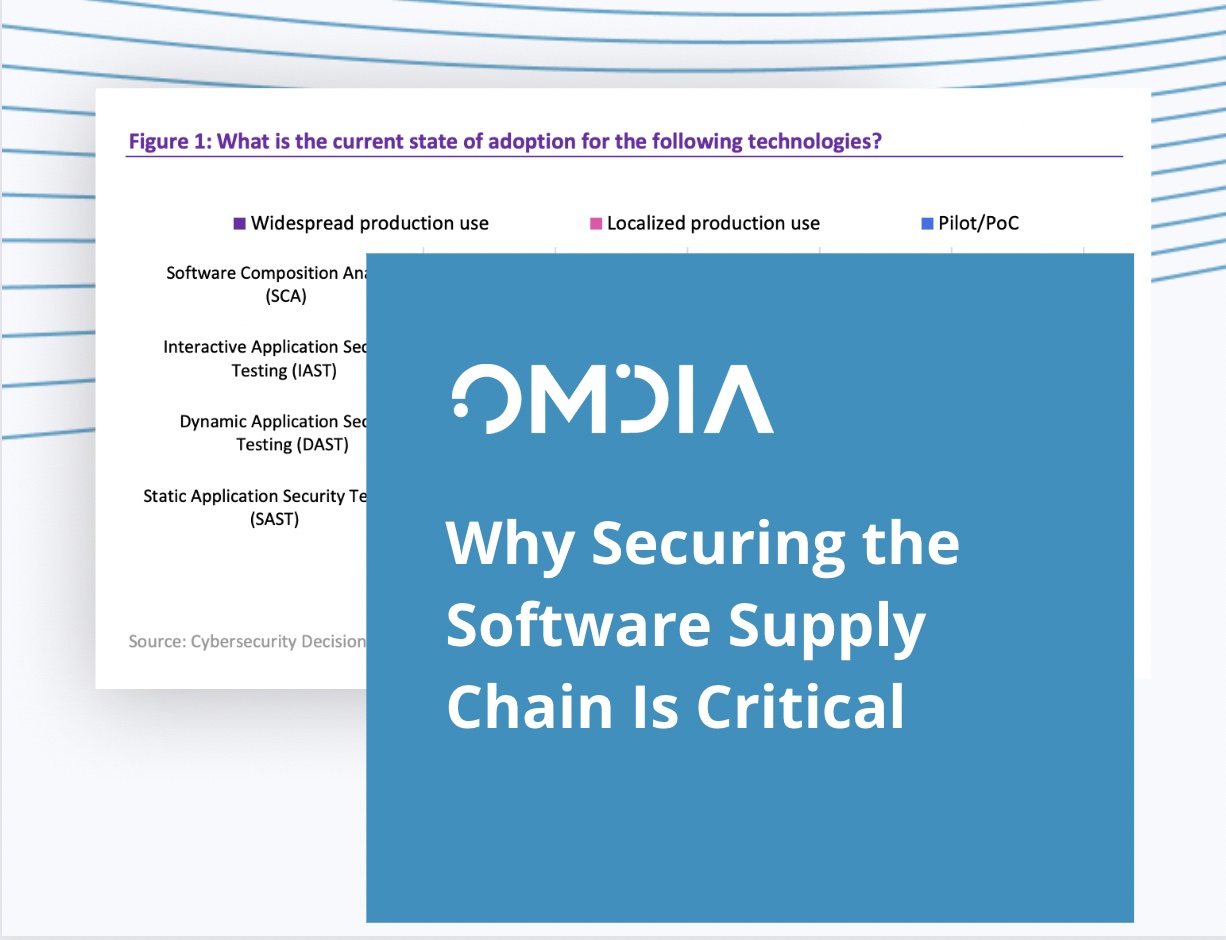
Azul State of Java Survey and Report 2023

Azul Vulnerability Detection: Continuously Detect Known Vulnerabilities in Your Java Applications

Omdia Report: Why Securing the Software Supply Chain Is Critical

Cloud security is a practice adopted by enterprises that focuses on the oversight and management of security vulnerabilities, threats, and exposures in cloud components. As enterprises expand their operational components on the cloud, cloud security will continue to grow in importance and include the monitoring of networks, infrastructures, applications, and services.
Given Java’s enterprise prevalence, securing the applications and software running on top of the platform is a must for maintaining customer trust. Business and technical leaders are faced with securing enterprise systems and customer data against an explosive growth of known vulnerabilities in 3rd party software components and applications. In Q1 2022, there were 200+ known Common Vulnerabilities and Exposures (CVEs) in 3rd party Java applications and components, many with the highest risk score, cutting across thousands of contributors.
Failure to detect and patch known vulnerabilities in Java application estates can expose organizations to significant impact and cost, including financial penalties running into the
hundreds of millions of dollars, compromise of customer data, and turnover in executive staff.
The Log4Shell vulnerability elevated visibility into the need for addressing cloud security. A vulnerability in the commonly used Java-based Log4j library was uncovered, potentially exposing the data of organizations that used an unpatched version of the library. and their customers to potential threats. In many companies, companies didn’t know if they used Log4j, and they didn’t know where to find it to patch it. The result was a burden on engineering teams, which had to spend time finding it.
The threat, it turned out, was real. The Azul State of Java Survey and Report 2023, an independently run study of more than 2,000 companies using Java, found that 79% of organizations were impacted directly or indirectly by Log4Shell.
While many leaders understand the necessity of security in their organization, important considerations often go overlooked. Cloud security covers a broad range of disciplines that include:
With large and outdated technology systems, many enterprises lack security information about their production environments. Without proper feedback from cloud resources, organizations fail to maintain oversight.
Enterprises that impulsively adopted cloud technology in their earlier stages did so without developing a comprehensive enterprise-wide strategy, causing leaders to try to retrofit security into existing applications and third-party components.
When employees aren’t trained to identify security threats, they can unknowingly expose their organization to malicious attackers.
Additionally, many leaders fail to prioritize security in their technology adoption strategies until after an adverse event. It is important to invest proactively in technology that can identify and address security vulnerabilities, as these investments will help save enterprises money in the long run.
When enterprises approach security strategies, we often see one of two cases. Companies sparingly adopt security technology, as they don’t understand the value of these investments. In contrast, we see companies incorrectly adopt security technology services that compromise the performance capabilities of their applications. It is important for enterprises to strategize their security investments to properly protect their infrastructure, without impacting performance.
Some approaches Azul recommends for maintaining secure cloud environments include
While technology updates patch known vulnerabilities, they also expose the presence of these vulnerabilities in any previous versions.
CVE tools can be used to address security concerns, but not all tools are created equal. They differ in where they run in applications, as well as their time of assessment. Some tools require additional agents that need to be installed and configured, whereas others fail to provide insight in the actual production environment.
Azul Vulnerability Detection, a feature of Azul Intelligence Cloud, locates vulnerabilities in production. Azul Vulnerability Detection makes security a byproduct of simply running your Java code, while also limiting false positives and improving the accuracy of vulnerability management.
It is important that technology is adopted and used by all members of the enterprise with security in mind. Employees play a critical role in cloud security and must be trained appropriately to identify and avoid potential threats.
It is important to stay up to date on information from security experts to continuously reassess your systems with this information.
The cloud contains many interconnected components, which are all important to consider when approaching cloud security. However, application security is often overlooked, yet it is a critical component to maintaining cloud security. It is important that developers keep this in mind when building applications for their enterprises. Additionally, enterprises need to consider the importance of application security when managing technology investments. A failure to recognize the importance of application security can create security exposures throughout entire cloud systems.
Java applications are often developed using open-source technology, a practice that allows developers to collaborate in the application development process. While open-source technology has many benefits, it is prone to vulnerability exposures. Everyone has access to the same codes, so attackers can analyze available codes and identify opportunities for exploitation. This is why it is important to monitor security within applications.
The Azul State of Java Survey and Report 2023 backs up the concern over third-party and open-source applications and libraries. Nearly 60% of respondents named them as the most concerning sources of CVEs.
Azul Vulnerability Detection is a feature of Azul Intelligence Cloud that allows users to continuously monitor their Java applications to detect known vulnerabilities in production. By leveraging Azul JVMs, it produces more accurate results with no performance penalty and eliminates false positives.
Vulnerability Detection monitors all your Java software and applications to accurately identify components loaded and in use in production. Vulnerability Detection uniquely identifies each component using bytecode-aware hashing techniques. It maps these components accurately to vulnerabilities in a knowledge base updated daily with the latest CVEs from external databases, publicly available information, and more.
This enables accurate, continuous assessment of custom and vendor applications exposure to vulnerabilities in production without the need for source code. Vulnerability “just works” to detect vulnerabilities in all Java applications – whether you built it or not, haven’t built it in years, or are introducing a regression with a recent change.
Vulnerability Detection focuses scarce human effort by eliminating false positives. It does this by monitoring the code loaded and in use by applications running on the JVM vs looking at static file listings and source code.
Since Azul Vulnerability Detection leverages runtime information from Azul JVMs, there is no additional agent or software to deploy or manage, resulting in minimal operational burden and performance overhead.
Continuously detect known vulnerabilities
in your Java applications in production.
